9 Must-Have Digital Transformation Platforms
Choosing the right digital transformation platforms is a central question in your internal ops. Realistically, there is no digital transformation without the right tools. The trouble is that the market today is so saturated with options.
We all know by now that digitalization is a key priority for organizations of all sizes. What’s more challenging is figuring out the exact tech we need to achieve this in our own unique situation.
That’s exactly what we’re going to cover today.
More specifically, we’re diving deep into everything you could ever need to know about selecting digital transformation platforms - including core use cases, the key market segments, and the specific decision points you’ll encounter.
Along the way, we’ll also check out our top picks for 2023.
We’ll wrap up with how Budibase is changing the landscape for IT teams facing an ever-growing demand for digitalization.
But first, let’s go back to basics.
What is a digital transformation platform?
As the name suggests, digital transformation platforms are a class of tools that facilitate the digitalization of different tasks, processes, and workflows. These could have a tight focus on a particular department - or they might cast a wider net across your entire operations efforts.
But what does this mean in practice?
Basically, transformation tools provide us with the capabilities to:
- Streamline internal processes.
- Simplify user interactions.
- Boost transparency and oversight.
- Automate workloads.
- Integrate systems.
- And more.
As we’ll see, the technology that’s used to achieve this can vary greatly across the digital transformation platform market - from sophisticated AI and machine learning to solutions that empower your team to output custom tools at pace.
We’ll return to this a little bit later.
For now, though, it’s worth taking a little step back and thinking about digital transformation more generally.
What is digital transformation?
Digital transformation is the sum of all of your efforts to leverage technology to improve how your business operates. This itself can take a huge variety of different forms - as you might expect.
Indeed, the goals, approach, requirements, and technical requirements of your transformation projects might have very little in common with your competitors’.
The thing is that digital transformation can draw on a range of interrelated strategies that aren’t limited to technical interventions. For instance, we also have operational, governance, training, and HR levers that we can draw on.
Or, more likely, we’ll use a combination of these different kinds of strategies.
Of course, we’re only focused on the technical side of things here.
What role do digital transformation tools play?
This may seem like a silly question but it’s worth unpacking how specific platforms can fit into your digital transformation strategy - the answer here might not always be as clear-cut or uniform as we’d expect.
Since there are different sub-classes of solutions out there - with differing, unique applications - we might to different options at various stages of the transformation process.
For instance, auditing, information-gathering, planning, implementation, training, and monitoring are all aspects of change management that may (or may not) require their own dedicated solutions.
So, we can take a step back to see what these have in common.
Fundamentally, this is all about using technology to improve the way your business carries out whatever tasks you’re setting out to transform.
The business case for transformation investment
This leads us neatly to ask what value transformation platforms provide. In other words, from a bottom-line perspective, why do so many businesses place such high importance on these tools?
When we’re building a business case for investing in new digital transformation platforms, we’ll normally do so around the following core benefits:
- Efficiency - Digitalization tools help us to reduce the resources and time required to achieve a given result.
- Costs - We’ll also see a corresponding reduction in direct and indirect costs incurred in completing relevant tasks.
- Accuracy - Digitalization reduces the scope for human error that leads to inaccuracies and mistakes.
- Transparency - For instance, into which users carried out different actions, when, why, and how.
- Consistency - Ensuring that we get the same results regardless of which users are involved in a process.
- Control - Helping to ensure process adherence.
- Security - Minimizing our vulnerability to data loss, breaches, or service interruption.
- Risk management - Safeguarding against known threats and reducing the associated costs.
- Agility - Empowering teams to respond quickly to change.
- User satisfaction - Removing the need for menial tasks so colleagues can focus on more satisfying, impactful, or challenging work.
To understand how these issues are impacted by digital solutions, we’ll need to think more carefully about the core categories of transformation.
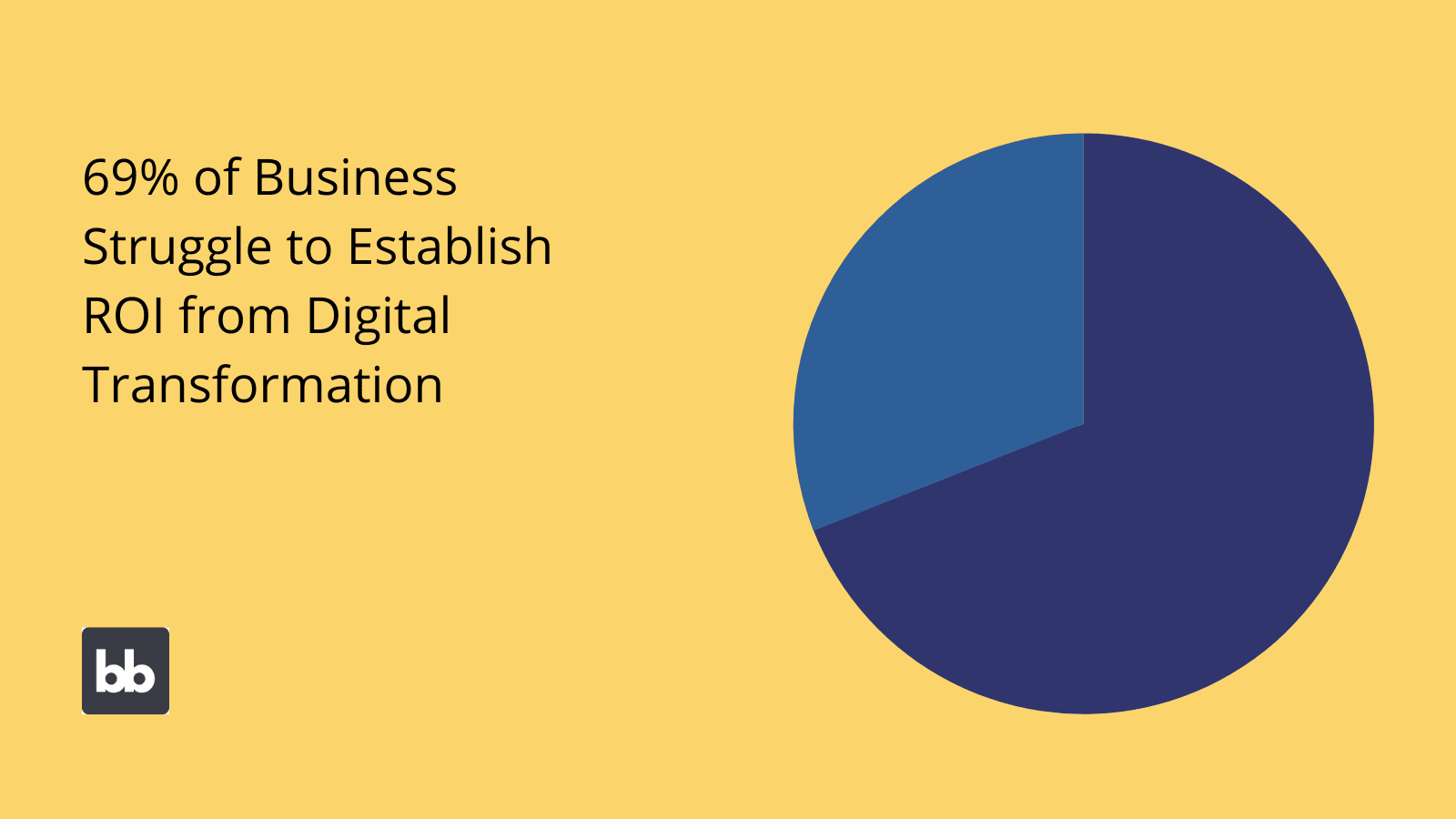
5 types of transformation solutions
We’ve said already that digital transformation projects can vary widely in terms of scope, aims, form, and strategy.
However, this is not to say that every initiative is wholly unique.
Far from it. Instead, we can point to five broad categories to capture the potential forms of transformation that we may require for different core business problems.
Let’s take a look.
1. Business process transformation
Business process transformation is all about seeking out opportunities to improve the way our business carries out specific, regular tasks - using technology alongside other governance ad policy-level tools.
We might focus on individual processes. Or, we might group together based on their end goals or the nature of the actions that need to be taken - like clustering all of your sales processes together or focusing on how you handle approval requests across your business.
Ultimately, the goal of business process transformation is to minimize the costs of completing the relevant tasks, without sacrificing quality, accuracy, or security.
So what technical capabilities will BPA typically draw on?
Automation is probably the first thing that springs to your mind. We can also rely on custom internal tools, integration between existing platforms, and a host of other interventions to help us make our internal processes more efficient.
As we’ll see a little bit later, the key challenge here for many businesses isn’t providing this capability so much as doing so at the required scale.
2. Business model transformation
Business model transformation is a bit more fundamental in the nature of the change it brings about.
Rather than focusing on how to improve specific internal processes, the goal here is to figure out how to use technology to change or expand our core offering. The classic example is Netflix shifting from mail-order DVDs to streaming.
But, we can’t always be as revolutionary as that. Instead, business model transformation can often be more incremental and evolutionary. For example, providing customers with self-service tools to manage their own service bookings.
What kinds of digital transformation solutions do we need here?
Generally speaking, the impetus for change here will actually be the emergence of a new tool or technology - or at least, your adoption of it. Therefore, we’ll normally rely on tools that are specifically focused on a particular use case, rather than billed as transformation solutions.
3. Domain transformation
Domain transformation is comparatively rare, but we’ll touch on it briefly for the sake of completion. Basically, this is when you adopt a new technology that changes the game for your entire market or industry.
So, someone develops a new technology or approach that everyone else in the industry has to adopt if they want to remain competitive.
As you can imagine, it’s hard to generalize about this - much less plan for it.
One thing we can say though is that the nature of the beast here is that it can only really involve fully custom solutions.
4. Cultural transformation
The cultural component of digital transformation solutions is easy to overlook - but that doesn’t make doing so any less of a mistake. See, digitalization is tied up with a whole raft of organizational norms and expectations.
For example, data-driven decision-making, agility, transparency, and more.
In any case, we’re trying to use technology to shift the way our team thinks about their workloads. One huge aspect of this is inevitably training and education.
Another is digital empowerment. That is, furnishing our teams with the capabilities they need to build solutions for themselves, or democratizing data access to enable them to garner insights and take better decisions in their daily tasks.
No/low-code development tools and data management solutions play an outsized role here.
5. Cloud transformation
Finally, we have cloud transformation. This is a much more technical type of change, and perhaps the category with the furthest-reaching and most diverse implications.
How so?
Whether you’re applying it to discrete areas of your business or your wider operations, the rise of the cloud over the past decade has fundamentally changed innumerable aspects of IT delivery and internal ops.
Frankly, this is a far bigger topic than the scope of our discussion today. What’s worth noting is that we’ll need to furnish our team with appropriate development and deployment resources to create solutions.
Mapping the transformation platform market
We’ve seen so far that certain kinds of digital transformation require tools that we can think of explicitly as digital transformation platforms, while others will draw on a broader range of use-case-specific tools.
But even this is pretty vague.
The latter case might involve using a range of SaaS and back office tools. But are all digital transformation platforms created equal?
Of course not.
With that in mind, let’s think about how we can map out different segments within the transformation tools market.
Resource planning
Resource planning is all about rationalizing the way your business leverage labor hours, money, assets, and other resources to the best effect. For a very high-level explanation, there are a couple of key elements to this.
One is visibility. That is, your ability to see how, where, and when different resources are being used - both historically and at any given moment.
Stemming from this, another is forecasting. In other words, using this information to predict how resourcing needs will play out over time.
Resource planning tools will also typically offer functionality for improving specific processes relating to these core activities. For instance, allowing users to request particular resources or assets.
Key use cases here include an enormous range of planning and operations efforts from company-wide budget forecasting to highly granular task management within projects.
Process management tools
The next cluster of digital transformation platforms that we can point to is aimed at managing particular processes. Naturally enough, the most obvious distinction we can draw here is that these are normally applied to a much more granular, specific use case.
However, the platform itself might just as easily be process-neutral or positioned toward a particular aspect of your business. As in - the difference between a tool to manage your processes and a tool to manage your logistics processes, for instance.
So what functionality can we expect here?
First of all, process-focused digital transformation platforms allow us to define and implement business rules - often through a combination of automation, conditionality, RBAC, and other enforcement strategies.
Again, we’ll also see internal variation within this market segment - from heavily automation-focused platforms to tools that simply allow you to map and analyze existing processes.
To make an effective decision here, we’ll need to get two things in balance. One is the requirements that stem from our process itself. The other is our current technical capabilities and how we can bridge the gap between the two.
Customer/client/partner management
A huge proportion of digital transformation solutions are actually based on the existing systems you use to manage customers, their data, and how your team interacts with them. Often this is your CRM or other sales tools.
The truth is that modern CRM tools are so much more than just a way to track orders and manage customers’ data.
Rather, nowadays we can expect a whole raft of functionality well beyond this.
The way to think about this is by tying it back to some of the ideas we saw earlier about changing the way we reach our target market. Since we have more channels to reach our customers than ever, integration is the name of the game here.
Specifically, the challenge will often be managing data effectively across multiple tools in conjunction with our CRM or other sales platforms. For instance, transformations, portability, and managing consistency and integrity.
Automation/integration platforms
Other tools are explicitly aimed at helping you build automations across your existing software stack, rather than investing in a single, unilateral digital transformation platform. The obvious benefit here is we’re able to leverage tools our team already knows and uses.
We can actually point to several different types of automation that are suited to different kinds of tasks. However, the key thing is replicating human interactions - thereby removing the need for our team to carry out menial tasks.
At one end of the spectrum, we have RPA tools that use machine learning to analyze complex human interactions and develop systems to replicate them. At the other, we have simpler trigger/action pairs that are used to enforce known existing business rules.
The other side of this - integration - is equally important. Modern businesses rely on a larger number of digital tools than ever before. Integration platforms allow us to seamlessly pass data back and forth and trigger events based on defined rules.

(McKinsey )
No/low-code development
More and more digital transformation projects are underpinned by no/low-code development platforms. Indeed, over the past few years, this has brought about something of a sea change in the world of digital transformation platforms.
No/low-code is all about removing the need for basic, repetitive development tasks to be done manually. With increasing demand for transformation, a real challenge has emerged for the IT teams tasked with delivering change.
That is - a well-documented shortage of qualified developers. In other words, at the exact time when we need technical professionals the most, they’re the hardest to find and onboard.
Low-code can bridge this gap in two distinct ways. One - allowing our dedicated developers to get more done with less. And two - empowering non-developers to output solutions to their own problems.
The net result of this is that we are able to effectively improve our capacity for change, from both an operational and a technical point of view.
We’ll see how Budibase is changing the game here a little bit later.
Data management solutions
Data management is intimately related to digital transformation. The explanation for this is simple. Efficient access to reliable, usable data is the basic currency of digitalization - for two reasons.
One is identifying opportunities for improvement in the first instance.
The other is furnishing our team with the actual functional data they need to digitalize processes. The first challenge in building solutions to transform any aspect of your business is representing the relevant objects, resources, and phenomena as data.
Data management, therefore, plays a huge role in empowering our team to build effective digital transformation solutions.
Check out our guide to data management platforms to learn more.
Internal tools
Finally, we have internal tools. These are custom solutions that we rely on for managing very specific internal tasks. Normally, these are pretty simple processes, but ones that are unique to your organization nonetheless.
As we alluded to earlier, the challenge here is rarely any given solution. Rather, it’s empowering our developers to keep up with the demand for solutions across our organization.
In this sense, we’re really thinking about internal tools themselves, alongside the tools we use to build them as digital transformation platforms.
As such, we must always be cognizant of how we’re resourcing our internal tool builds.
Clearly, one option is to throw money at the problem. We’ll see how Budibase offers an alternative solution to this problem towards the end of our discussion today.
Decision points
Knowing what we do about the different corners of the digital transformation tools market, we can next think about the more detailed decisions we’ll have to make to select the right options within any of these segments.
That’s obviously a tall order. See, digital transformation platforms are a class of solutions where we have a particularly large number of issues to keep abreast of.
The real killer here is the sheer scope of issues both technical and operational requirements that we might have across different parts of our organization.
So, say you were at a point where you knew you needed one of the subclasses of platforms we saw a second ago. Your next step would obviously be to figure out which specific platform is the one to go for.
In no particular order, here are the factors that you’d need to consider to make that decision.
Licensing & ownership
Some of the biggest procurement decisions don’t actually revolve around the platforms in question in and of themselves. Rather - especially in large organizations - IT teams must navigate a huge range of financial, legal, and future-planning issues.
The first and most obvious licensing consideration we’ll come to is cost - along with how this cost is incurred. Nowadays, most vendors charge for their products on a monthly or annual basis - but you might need a multi-year deal to satisfy internal policies.
Will these costs remain relatively fixed or will they expand as our needs grow and change?
Besides this, you may have particular requirements around internal ownership or your rights around the source code.
Then there’s the issue of planning for contingencies like the vendor upping prices, ending support, or simply going out of business.
Functional requirements
Functional requirements are a bit more intuitive for most IT pros. Essentially, these are what we need the platform to do. There’s a little bit more than meets the eye, however.
The first thing to note is that we can think of functional requirements as must-haves or nice-to-haves. So, features that are make or break vs those which you could live without. We can also attach timelines to this distinction.
For example, a particular feature might not be 100% required at the moment, but you might still need a vendor to have it in their roadmap within a given timeframe - say a year or two years down the line.
Where functional requirements vetting can get very tricky is the issue of customization. That is when you need to build out your own features - either from scratch or simply expanding what’s already there.
The issue here is that - by the nature of customization - it’s quite difficult to know exactly what’s possible.
We’ll see how we treat customization and extensibility within Budibase a little bit later on.
Hosting
How and where you host solutions has a very direct impact on how your users interact with the digital transformation platforms you put in place. This largely dictates how reliably they can access tools, the performance they’ll enjoy, and the security standards you can leverage.
You might only have very high-level requirements here - or you could have much more granular, technically specific needs.
So we may need to host whatever platform we opt for on our own infrastructure - either locally or in the cloud. Or, we might want vendors to do this so we don’t need to worry about it.
We can also drill much deeper into each of these. You might need to self-host with a particular technology, or purchase managed services with specific security measures in place - for instance.
Or, we might not have firm requirements around hosting as such, but still have other needs that lead us down a particular path.
For example, cost management.
Usability
Usability - as you might guess by the name - refers to how your users experience whichever solutions you provide for them. One big challenge here is the fact that this is inherently quite subjective - at least in part.
The first question is simple though. Can our employees do what we need them to do, using a given solution?
For example, a SQL GUI might offer the capability you need in theory - but if the admin team who are going to need to do the actual work don’t know SQL, this probably isn’t the right tool for your situation.
An equivalent CRUD app would offer much more appropriate usability.
Besides this, we can think about how intuitive our user will find the tools we’re considering and - following on from this - what our additional training needs will be.
More on this latter point in a second.
Compatibility
Will prospective digital transformation platforms work alongside our existing tool stack and other assets? What we want to avoid here is the situation where we settle on a particular solution, only to discover a whole raft of dependencies that we didn’t account for.
There is a range of questions we can ask ourselves here.
For instance, can we meet the relevant technical prerequisites to roll out a given tool? Can it be integrated with other platforms that we use? What kinds of data transformations will we need to perform to get platforms working smoothly together?
What conflicts might we run up against?
The really challenging thing here is that incompatibilities might crop up at all levels, from our hardware and infrastructure to our existing platforms for managing specific workflows and tasks.
Other NFRs
Of course, it’s hard to give a comprehensive overview of every possible non-functional requirement that you might need to consider.
For example, you might want to use a particular authentication method, your own SSO, specific backup arrangements, or a particular audit log tool. Or you might need the vendor to meet certain criteria - like their location or certification with specific privacy codes.
This could even be something as simple as applying your own branding to a customer-facing tool.
In any case, this will require thorough vetting - just the same as any other decision point.
Training, user management, and administration
Next, there’s the issue of how we’ll manage and administer prospective platforms. Will we need to provide new user accounts from scratch or can we use existing SSO tools? How much work will we be creating for the IT team to manage user accounts?
Can we implement the access control arrangements that we need? If so, how easily?
Do we want users to be able to edit and manage their own accounts or should this be centralized?
What training and development will our team need before we can roll out our transformations? Is this provided by the vendor or will we need to resource it elsewhere?
These are all questions that are widely underestimated, despite having a huge impact of the viability and ROI of your change projects
Lifecycle management
Finally, we have lifecycle management. This is the sum of all of our efforts to roll out, maintain, and eventually retire and replace platforms. Obviously, the first issue you’ll want to think about here is the duration that you expect to use a particular platform.
Generally speaking, we’ll need long-term thinking here. After all, digital transformation platforms are largely based on the goal of changing the way our business does whatever task we’re focusing on.
Therefore, the platforms themselves become endemic to our operations.
And as such, we need effective scenario planning to avoid exposing ourselves to unnecessary risks - like finding that we need to suddenly replace a tool without interrupting services for our employees or customers.
Lifecycle management also comprises predicting how our needs will change in the future - with a particular focus on how our choice of platforms can account for this - allowing us to scale our capabilities sustainably.
Custom vs COTS for transformation
As with most software procurement processes, we’ll also need to weigh up the relative points for and against custom solutions and commercial-off-the-shelf platforms.
And even within each of these options, we have a range of different strategies that we can turn to.
For instance, self-builds vs engaging external partners for custom solutions. Or, configuration and customization of commercially available tools, vs truly off-the-shelf options.
Let’s think through each procurement strategy in turn.
Custom solutions
First, we’ll explore the custom route. There are a whole bunch of scenarios where you might land on this option. It can also mean quite a few different things in practice, so listen carefully.
But, we’ll start by thinking about why you might decide you need a custom solution. The reasoning behind this could naturally be technical, but it could just as easily be a financial, security, or operational decision.
So - maybe an appropriate off-the-shelf solution doesn’t exist or perhaps we can simply make a better financial case for building an equivalent platform ourselves. Alternatively, we might not want to absorb the risk of relying on an external vendor for a particular use case.
Another thing to consider is just what we mean by custom - as much as this may seem like an odd question.
See, there’s a big difference between truly building something from scratch and tinkering around the edges of some existing platform or resource - with almost infinite space in between these poles.
There’s a spectrum here really in terms of the extent of custom development work required - along with the associated costs, time, and personalization.
And the third thing that we want to concern ourselves with is who is doing this development work. So, in-house vs outsourcing builds - along with all of the financial, project management, and ownership questions that come along with this.
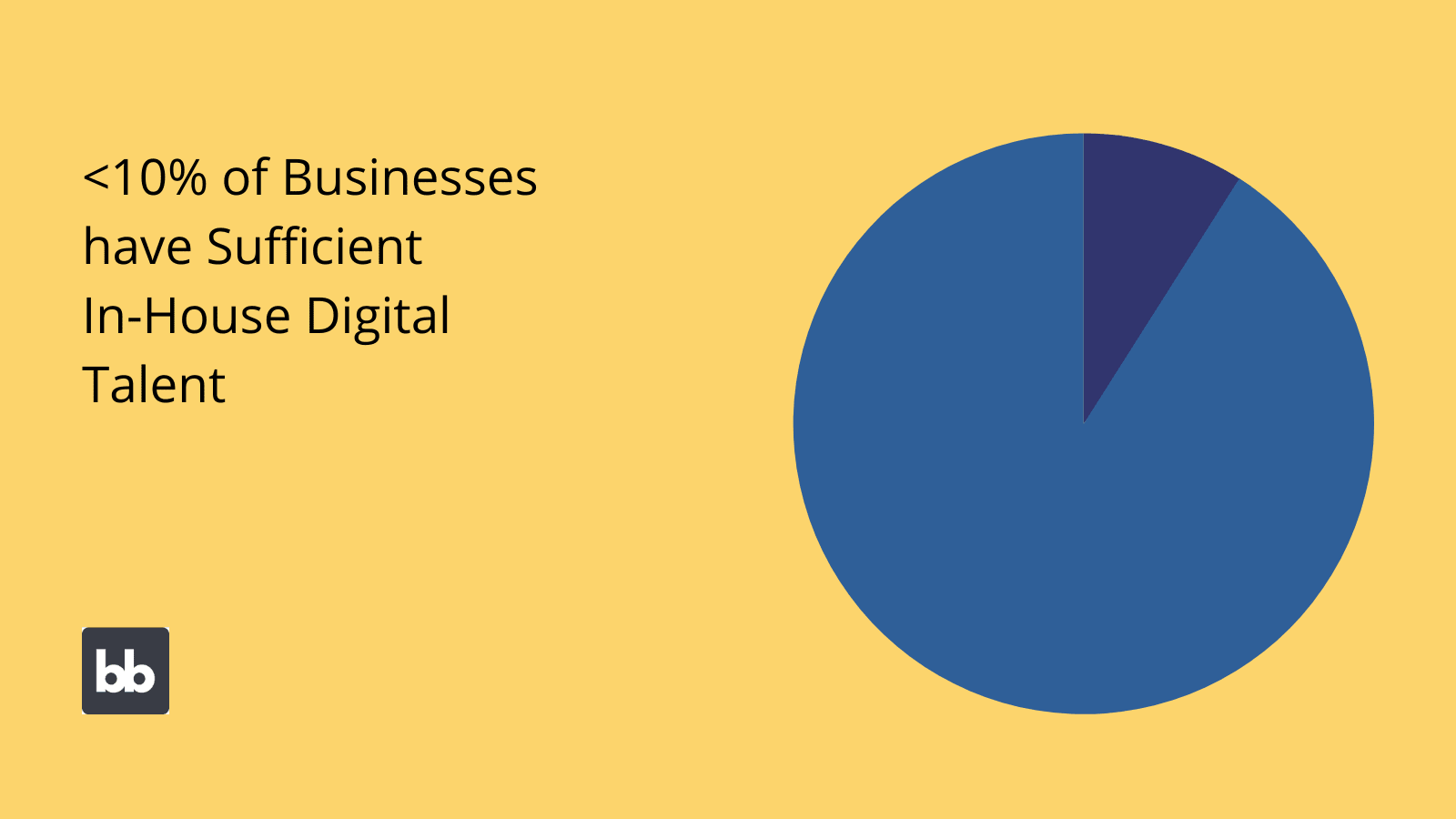
(McKinsey )
Commercial-off-the-shelf
The COTS option might seem at first glance a little bit more straightforward, but we have almost as many plates to spin here. Indeed, the larger your organization, the more in-depth - and therefore lengthy - your vetting process for digital transformation platforms.
The first decision is relatively easy to wrap our heads around. Is a suitable solution even available commercially? To figure this out, we can start with our functional requirements, before moving on to our NFRs and any other considerations we identified earlier.
How you weight each of these will obviously be contingent on your own needs and goals.
Often, there will be several options open to us, but each of them will require a degree of compromise.
Even with COTS platforms, we’ll still be faced with planning for the roll-out of whatever solution we opt for. There are myriad considerations here but the overarching issue is about who’s responsible for these.
For instance, hosting, support, training, maintenance, etc.
And then there’s cost. As we touched on earlier, comparing platforms can actually be a little bit tricky here - with individual vendors’ licensing arrangements making medium-to-long-term comparisons particularly challenging.
The grey area between
Being honest, the custom vs COTS thing is a bit of a false dichotomy. At the very least, it’s very normal for solutions not to fit neatly into either camp - especially in the land of open-source platforms.
So, we might use an existing platform as the basis of a custom solution, as we hinted at earlier. Or commission someone else to do this for us.
Or, we might use a combination of COTS and custom tools to create the digital transformation solution we need.
What would this look like?
Well, it depends, as we’ll see in a second.
The point is that we’ll often need to take a step back and think about our wider capabilities, rather than getting bogged down in one particular tool. We might draw extensively on one COTS platform but still create custom tools around the edges to supplement this, for instance.
Alternatively, we might need to rely more heavily on custom tools but still draw on new or existing COTS platforms for individual tasks.
9 digital transformation platforms for 2023
Right. It’s about time that we stopped thinking about the theoretical stuff and started checking out some real-life digital transformation platforms.
Now obviously, it’s hard for us to talk about any platform as being the best - for a couple of reasons. For one thing - we have a horse in the race, as you’ll see.
For another, we need to acknowledge that a tool could be totally transformative for your organization, but less than useless for another. In other words, we must remember that the single most important thing is how well a platform meets your needs.
Not what anybody else says about it.
With that little caveat out of the way, what we want to do is present the tools that we’re most excited about in 2023.
Rather than worrying about ranking these or placing them in any particular order, let’s simply jump in.

1. Snowflake
Since we’ve already talked such a big talk about how important it is to get your data management right, we’ll kick off with Snowflake.
Snowflake is a cloud-based platform for managing large volumes of data - empowering you to harness it effectively as you execute workflows.
Specifically, Snowflake offers capabilities around data access, governance, collaboration, security, warehousing, and application building - alongside tools for executing your code in the cloud.
It’s one of the top digital transformation platforms if your priority is leveraging data to build sleek, efficient internal operations.
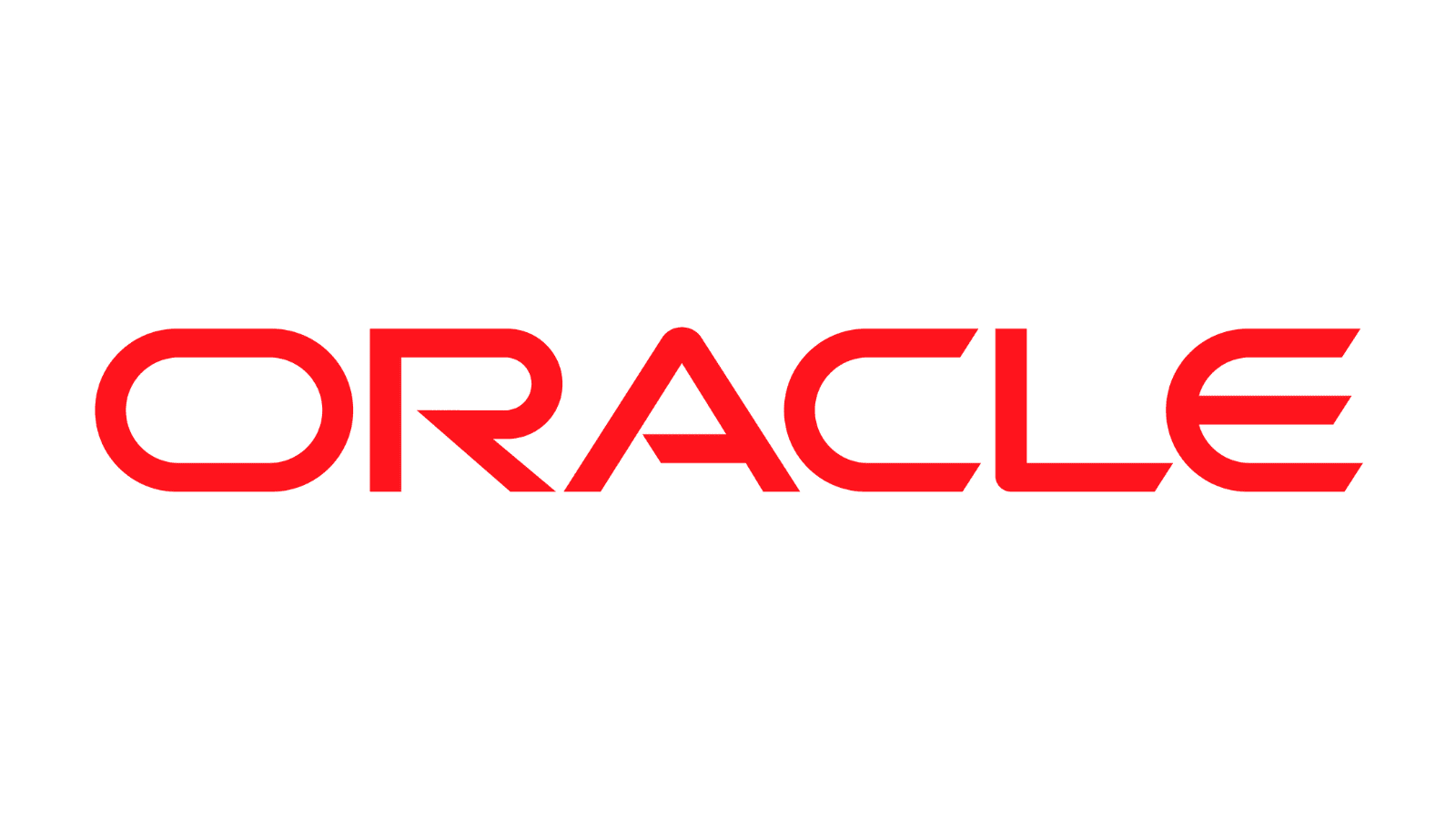
2. Oracle
Oracle is more of a household name - and another vendor with a strong data management offering. However, you might be less familiar with the full spectrum of their digital transformation tools.
With everything from cloud-based development tools to highly sophisticated DBMS and omnichannel customer experiences, the Oracle ecosystem is a strong contender for large businesses that need wide-scale transformation solutions.
However, as with any widely-scoped solution, it might not be the most viable option if you need more tightly focused and targeted digital transformation interventions. We’ll see that this is a bit of a theme throughout our roundup though - not something that’s limited to Oracle.
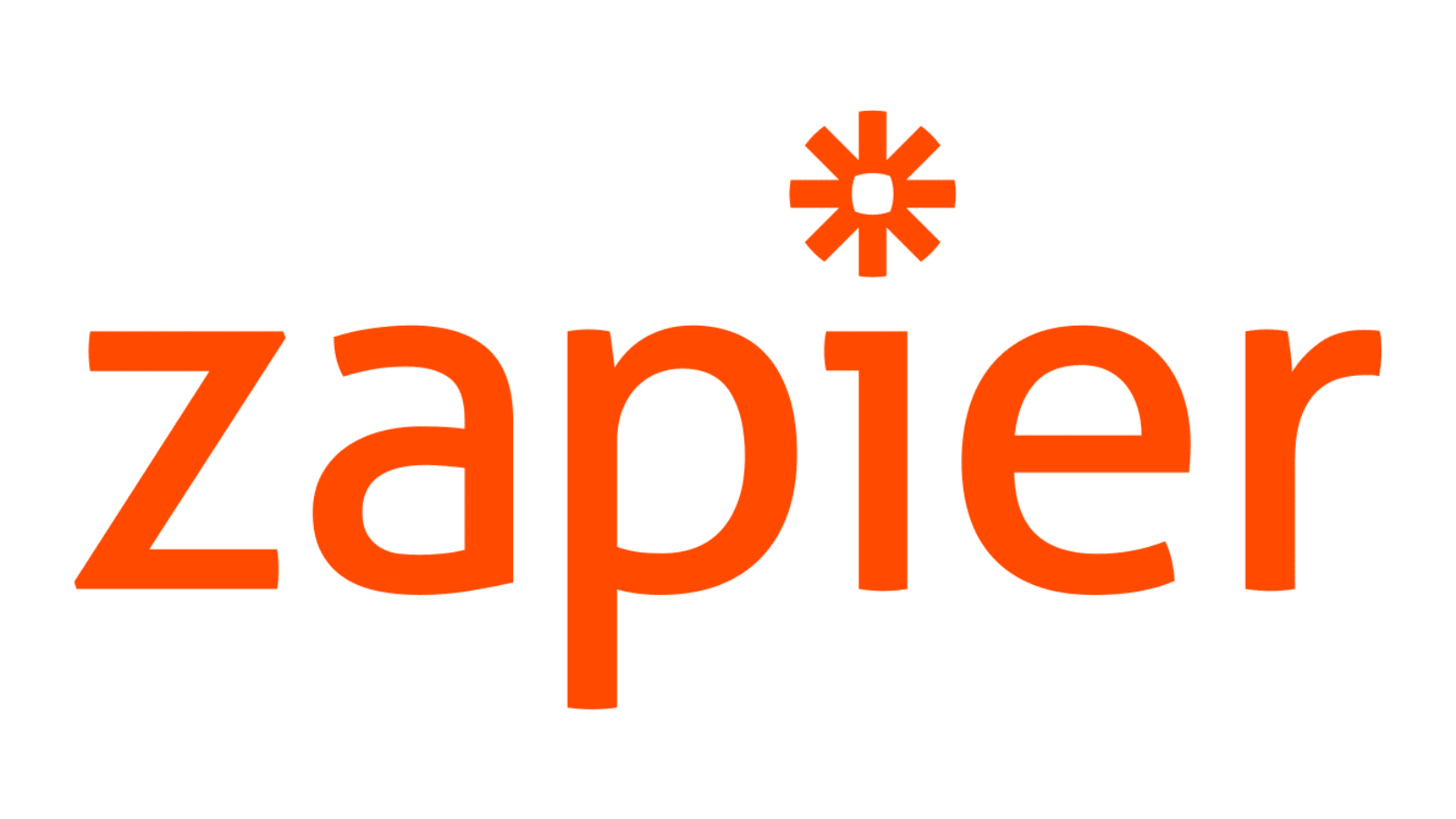
3. Zapier
Zapier is an altogether different proposition compared to these data-focused solutions. Rather than taking the approach of a wholesale shift in the way you store, manage, and access data, Zapier simply improves the way you utilize it across existing platforms.
Basically, Zapier is a tool for connecting tools from different vendors, with a specific focus on defining automation rules between them. For instance, using an event in one platform to trigger a defined action in another.
In the right hands, this can be a hugely elegant and cost-effective way to make massive cost savings across individual workflows and business processes.
Take a look at our Zapier integration to learn more.
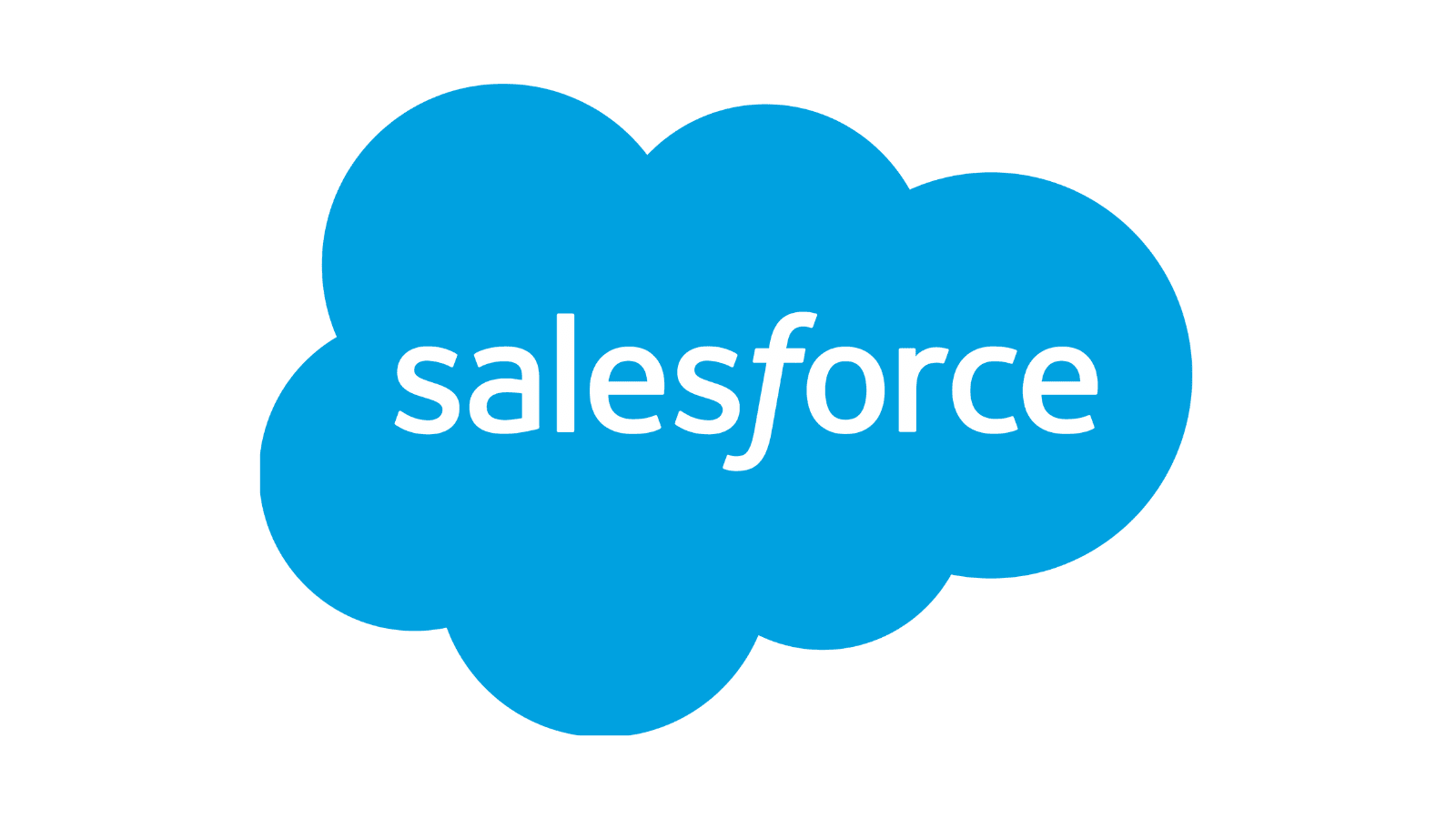
4. Salesforce
In one way, Salesforce is a CRM platform. In another, it’s almost a whole class of digital transformation platform on its own. In fact, for a huge number of businesses, it’s simply the way to manage customer interactions.
Why?
Salesforce offers extensive capabilities beyond simply managing customers’ data. On top of built-in automation tools for sales and marketing tasks, there’s a huge ecosystem of third-party integrations and plug-ins for building totally seamless commercial processes.
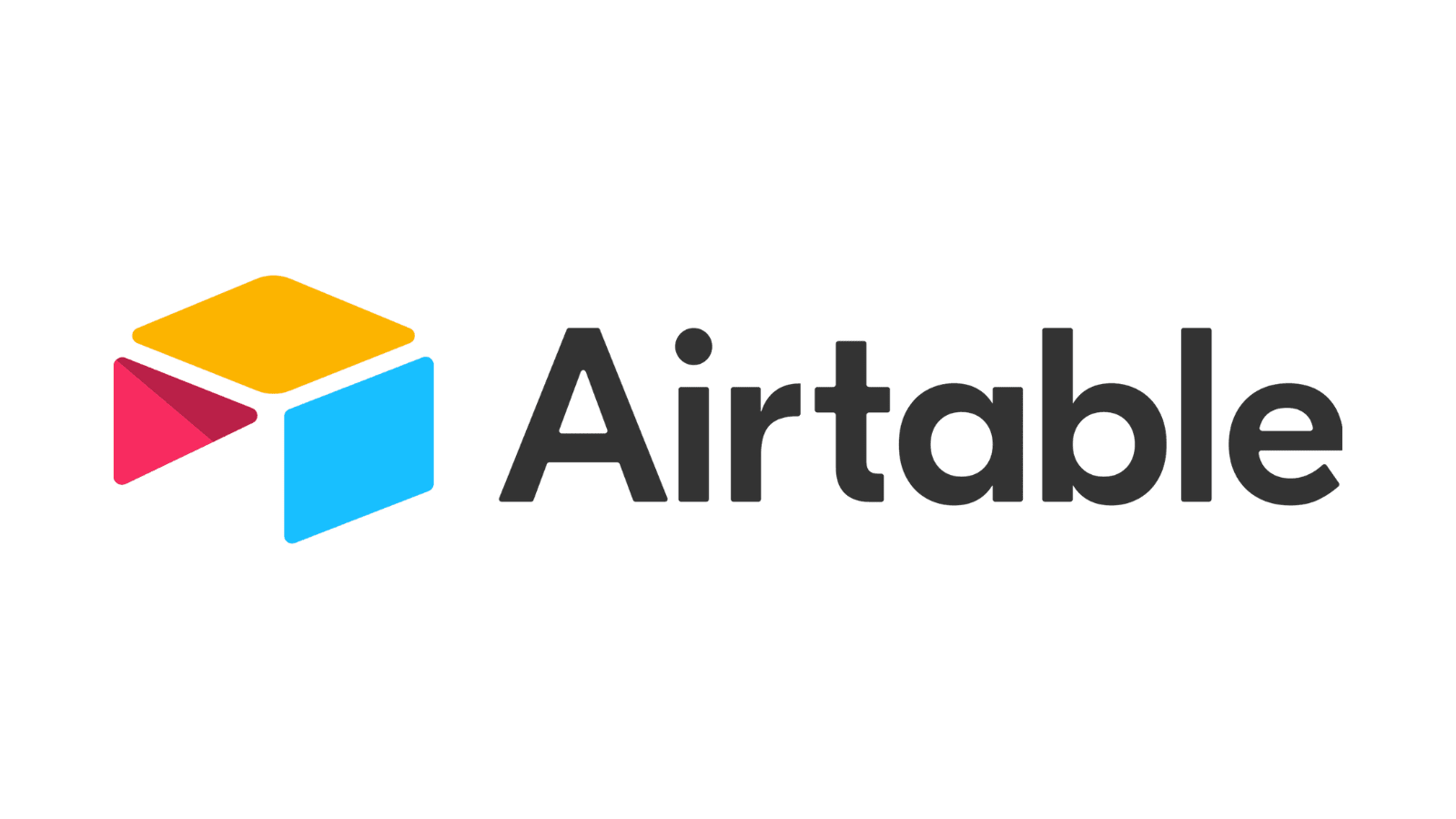
5. Airtable
Airtable is an increasingly popular option for businesses that want to empower their non-technical colleagues to harness their internal data - either to solve problems or to make better decisions.
Essentially, the idea here is to try and strike a balance between the functionality of traditional DBMS platforms and the usability of spreadsheet tools. For instance, allowing employees to configure simple automation or build interfaces.
Of course, this isn’t quite a perfect compromise. While many businesses swear by Airtable, others complain about a lack of more developer-focused features. One solution, as we’ll see, is Budibase’s dedicated Airtable data connector.

6. AWS
Amazon Web Services occupy a slightly different corner of the digital transformation platform market. This is another enterprise-focused solution for cloud computing. AWS offers a full complement of cloud-based developer tools, data management solutions, and more.
In fact, AWS comprises over 170 distinct services. Rather than directly shaping the way your business manages individual processes, it empowers your developers to build performant, scalable custom solutions to fuel your transformation efforts.
Check out our Amazon S3 integration page to see a little bit more of what this can mean in practice.
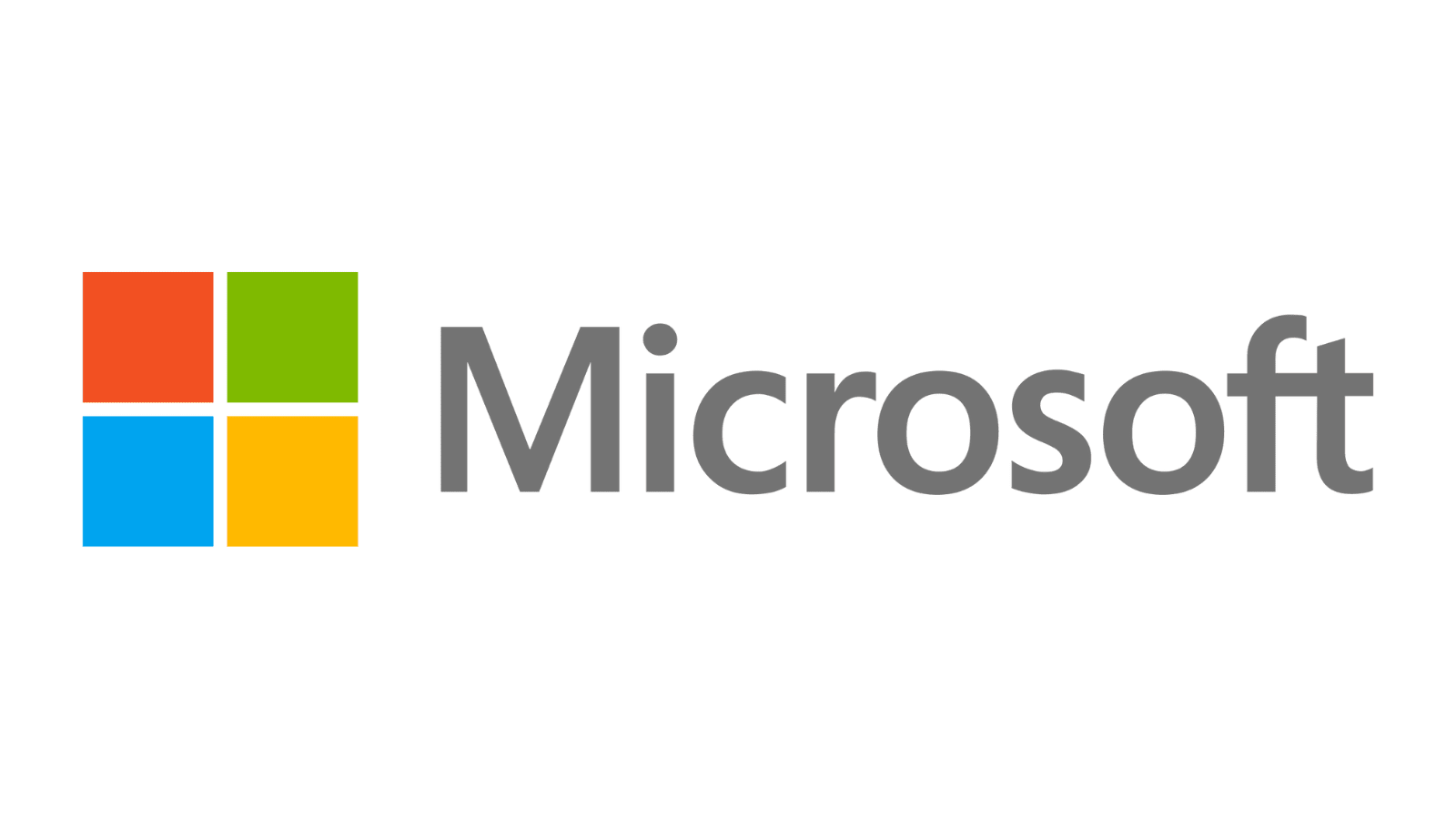
7. The Microsoft Ecosystem
There’s no getting around the fact that Microsoft platforms and solutions are the lifeblood of millions of businesses the whole world over. But, there are probably a whole host of tools under this umbrella that you’re less familiar with.
Power BI is Microsoft’s data visualization platform, which allows countless businesses to garner the insights they need for digital transformation. They also offer a whole host of tools for business users to build solutions, across Dynamics and PowerApps.
We also can’t underestimate the importance of everyday office tools in providing digital transformation solutions, especially in relation to document-heavy workflows.
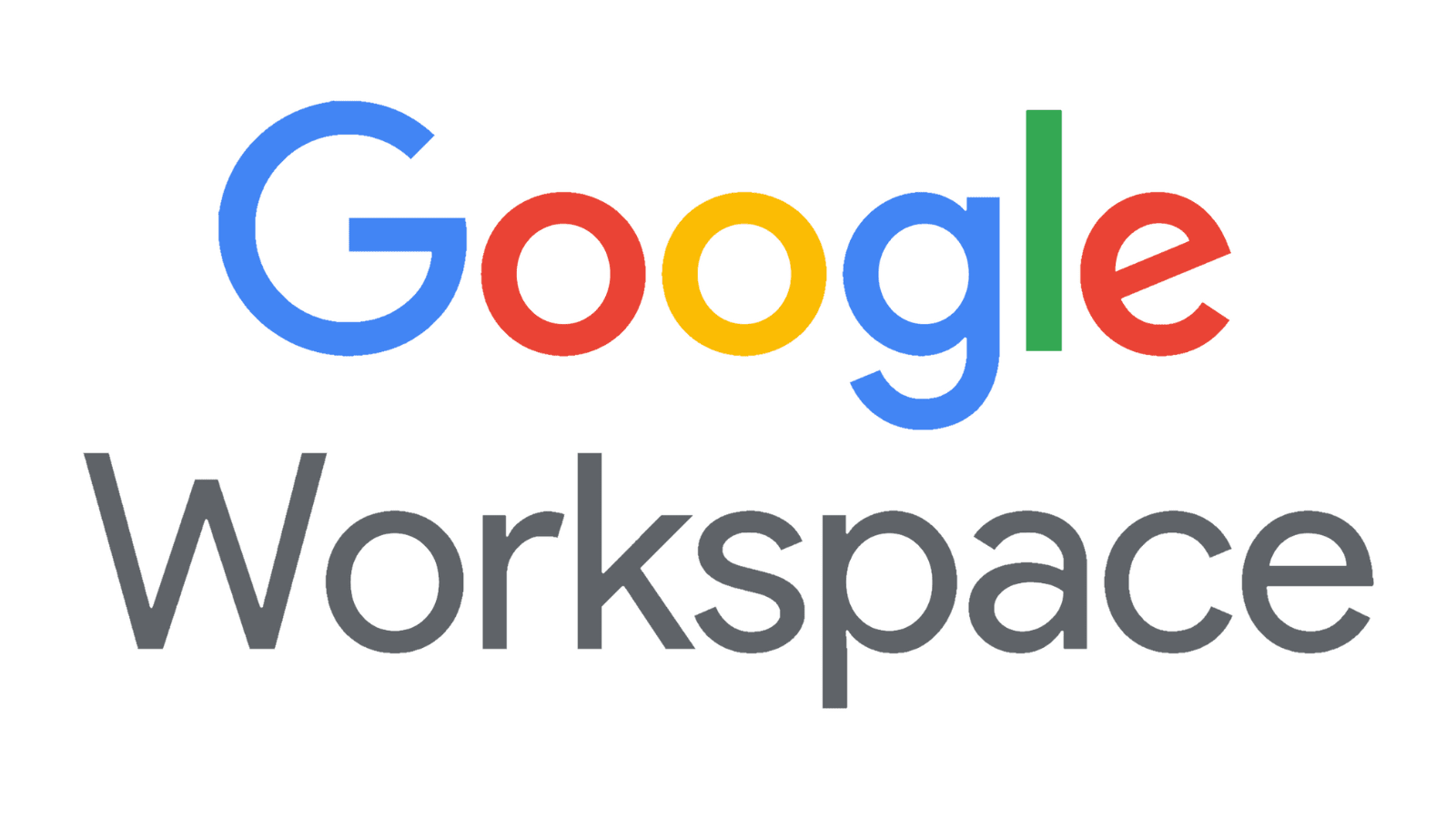
8. Google Workspace
Google’s suite of back office tools, including Docs, Sheets, and Apps Script has been a quiet force for change in the way modern businesses do things - especially in the domain of remote collaboration.
These highly accessible, cloud-based, and easy-to-administer tools have played a huge role in empowering remote, distributed workforces over the past decade.
But the real point of differentiation here has always been their extensibility. The ability to build plug-ins - or add off-the-shelf ones from known vendors to your core workflows is a powerful but easily underestimated route to effective transformation.
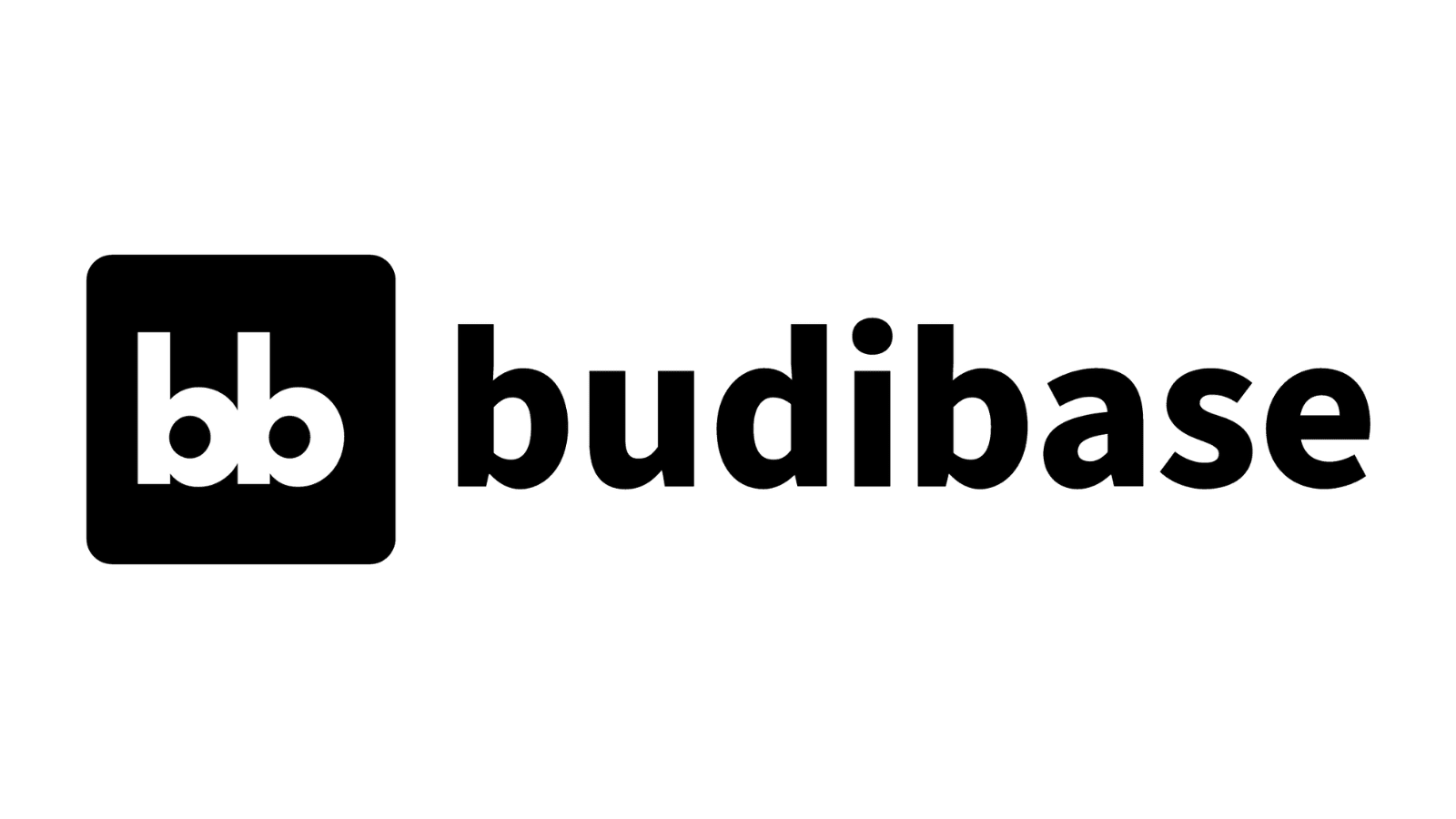
9. Budibase
And finally, we need to mention Budibase too. No modern digital transformation solution stack could ever be complete without the right low-code development capabilities. Budibase is the clear leader for resource-strapped, in-demand IT teams.
Our unique open-source, low-code platform is the smart, easy, and cost-effective way to build all sorts of custom tools for digital transformation - with minimal need to write custom code.
We’ll check out what makes Budibase tick in more detail a little bit later.
Before we get into the weeds with that though, we need to think about how to plan for our required capabilities across multiple digital transformation platforms.
How to build a digital transformation tool stack: 4 tips
In all likelihood - in fact, almost inevitably - our digital transformation solutions are going to draw on a broader ecosystem of tools.
So, it’s worth taking a quick pause to think about how we can go about achieving the capability we need across our entire transformation stack.
Here are four helpful tips for building out a working ecosystem of digital transformation tools and platforms.
Prioritize scalability
Scalability is the extent to which your solutions will meet your needs over time. So, the question is whether your tools will be fit for purpose in a year, five years, or more down the line.
We can separate this into two distinct kinds of scalability.
Vertical scalability is how easily we can add extra capacity within existing capabilities. Things like adding new users, more storage, or improved performance, without substantially altering the platform in question.
Horizontal scalability is how easily you can add entirely new functionality. So, new features, digitalizing extra tasks, or anything that expands the scope of what our solutions do.
To the extent that it’s possible, we’ll obviously benefit from a predictive approach here. So, as far as we can, we’ll naturally benefit from preempting our future needs and planning around these in our procurement decisions.
Obviously, though, we don’t have a crystal ball. This doesn’t mean that we can’t take steps to make our lives easier when new requirements crop up unexpectedly.
For example, platforms that are built using relatively ubiquitous technology will obviously scale much more easily than something more esoteric or niche. If we can modify the source code ourselves, we don’t need to wait on vendors to do it for us.
Get your data in order
With any kind of digital transformation effort, the quality of your data assets, alongside how easily your team can access these is the top priority.
To reiterate slightly, this applies at two distinct levels. First, there’s the question of how informedly we can make decisions about allocating resources to change. Second, there’s how readily we can build solutions leveraging existing data objects.
Both are tightly related to return on investment from digital transformation solutions - especially custom ones.
This is because, when we start by nailing our data management, we put ourselves in a much better position to transform processes effectively.
For example, by using BI tools to show us exactly where redundancies and inefficiencies are occurring, and leveraging integral, consistent data to build user-friendly solutions to solve exactly these pain points.
Strong processes come first
Related to this is the idea that there’s no sense in digitalizing ineffective processes. This isn’t always what decision-makers want to hear but it’s still the appropriate order to go about things in.
So, before we ever think about what shiny new toys we want to buy - much less build - our focus should be on building robust, efficient processes, even in the abstract.
One element of this is that it will often make digital transformation much more straightforward from a technical perspective.
Say, for an extreme example, that we tasked our IT team with building a tool to manage our invoice submission and approval process. The amount of work this is going to take is directly tied to the complexity of the process.
Obviously then, a convoluted process with a whole raft of redundant steps and decisions will be much more difficult, time-consuming, and ultimately expensive to digitalize.
Therefore, it makes sense to get this right before we ever start thinking about transformation platforms.
Test, test, test
Finally, there’s no substitute for an empirical approach. This means we have to test our solutions - whatever they are. And, as you might expect, what we focus our testing efforts on has to line up with our actual goals.
There are numerous types of testing to think about.
The first is functional testing. So, does our solution work in the real world? Are there fringe cases that we didn’t account for? Can our team find any bugs or other issues?
Then we have usability testing. Are our solutions intuitive and usable for the kinds of employees that will be working in them? Do our users have difficulty carrying out different actions? Will they require any additional training to use our tools effectively?
Besides these core types of testing, we’ll need to rely on A/B and split testing for configuring and rolling out certain classes of digital transformation platforms - especially where these involve large-scale interaction with external users.
See, the reality is that most problems have more than one potential solution. These kinds of testing allow us to try out slight variations on a particular approach to a problem with a subset of users.
The goal is to decide which of these most effectively contributes to our goals.

Transform internal processes with Budibase
Digitalization is a top priority for every business, but it also places a huge strain on internal IT teams. The real killer here is keeping up with the demand for solutions - despite increasingly squeezed resources.
For thousands of businesses all over the world, Budibase is the saving grace.
Low-code development is changing the way businesses build custom solutions, forever. At Budibase, we’re thrilled to be leading the charge.
Here’s what you need to know.
Our open-source, low-code platform
With our leading low-code platform, you can output professional, fully-functioning solutions in minutes, not months. We offer intuitive design tools, extensive data support, and even autogeneration for forms and CRUD tools.
Check out our features page to learn more.
Manage data with ease
Budibase leads the pack for external data support. We offer dedicated connection UIs for SQL, Postgres, Airtable, Mongo, Couch, Arango, REST, S3, Oracle, Google Sheets, and much, much more.
We even offer our own built-in database, with CSV upload support. It’s never been easier to build a fully-functional data model, with minimal coding skills.
Self-hosting and cloud deployments
Enterprises and security-first businesses love Budibase because they can host their digital transformation solutions on their own infrastructure. We offer self-hosting using Kubernetes, Digital Ocean, Docker, and more.
Or, if you prefer, you can use Budibase Cloud, and we’ll take care of everything.
Take a look at our pricing page to learn more about both options.
Configurable RBAC
Budibase offers fully configurable role-based access control - making it a breeze to maximize security and usability in one fell swoop. Grant and restrict access across data sources, queries, screens, and individual components, all with simple drop-down selectors.
It’s never been easier to balance data accessibility with security.
Custom plug-ins
Other low-code tools couldn’t even dream of competing with Budibase for customization and extensibility. Use our dedicated CLI tools to build your own components and data sources - and roll them out across all of your custom solutions.
Check out our plug-ins documentation to learn more.
Built-in automation tools
Budibase also features an intuitive yet powerful step-based automation builder. Nest, combine, and configure our built-in triggers and actions to fully replicate business logic, with minimal coding skills.
You can even draw on third-party tools as triggers and actions using Zapier, WebHooks, REST, and our internal API.
50+ free app templates
We have huge confidence in what our platform can do. But why take our word for it? To prove it, we’ve built more than fifty free, deployable, and fully customizable application templates to show off what Budibase is capable of.
To start using Budibase for free, sign up today.